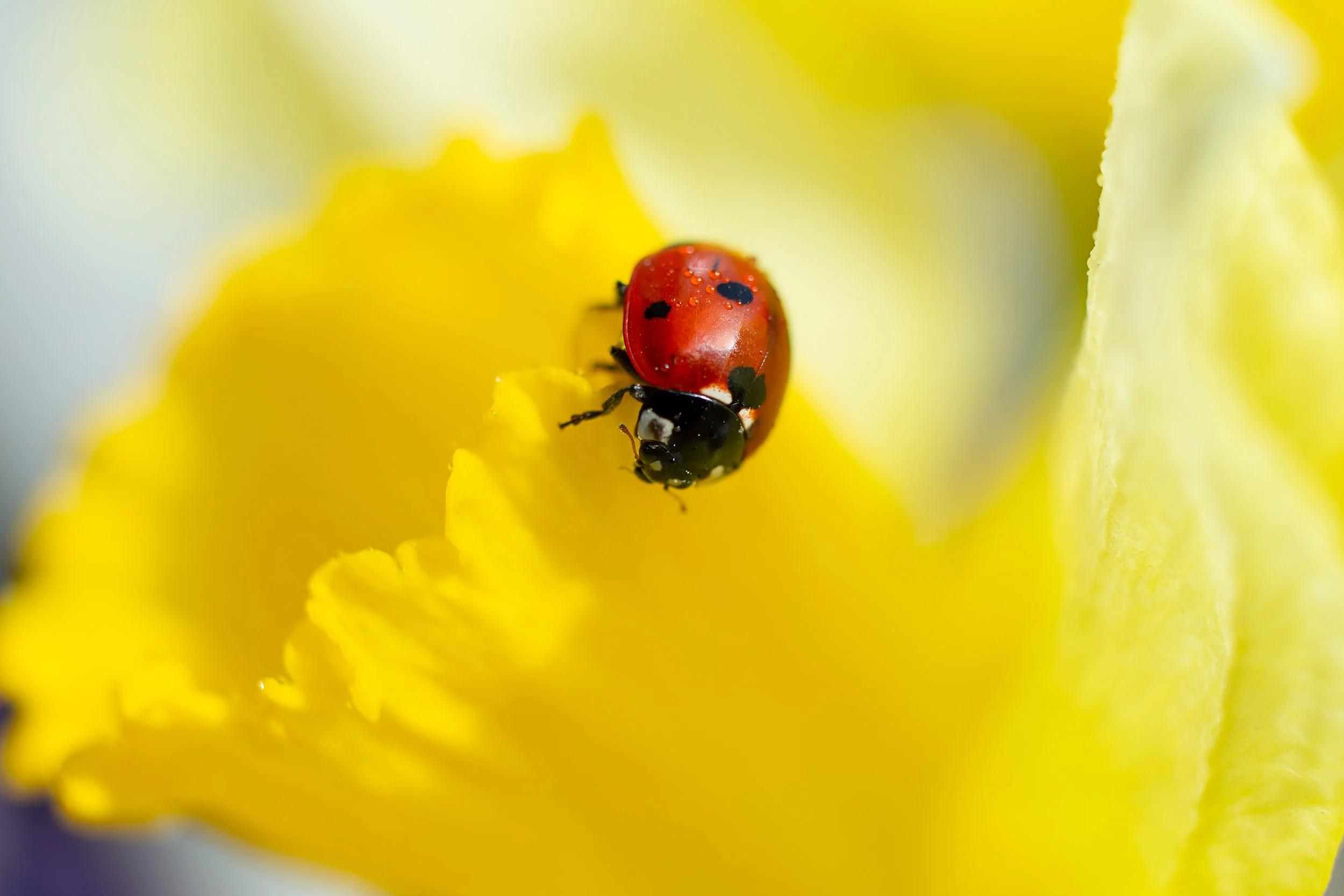
Macro Photography
Macro photography is a type of photography that involves capturing small objects or details in a larger and more detailed manner. This type of photography allows photographers to showcase the intricate details and patterns of small subjects, such as flowers, insects, and other minuscule objects. While macro photography can be both rewarding and challenging, it requires careful attention to lighting, focus, and composition. In this article, we will explore both the basic and advanced techniques of macro photography, including lens options and macro extension tubes.
Basic Techniques of Macro Photography
Use a macro lens: One of the most important tools for macro photography is a macro lens. These lenses are specifically designed for close-up photography and allow you to capture intricate details and patterns with great clarity. Some common macro lenses include the Canon EF 100mm f/2.8L Macro IS USM and the Nikon AF-S VR Micro-NIKKOR 105mm f/2.8G IF-ED.
Use macro extension tubes: Macro extension tubes are hollow tubes that fit between the camera body and the lens, allowing you to focus closer on small subjects. These can be a more affordable alternative to purchasing a dedicated macro lens, although they do not provide the same level of image quality. Macro extension tubes start out at around 20$ which typically makes them cost ten percent the cost of a dedicated macro lens if not less however most disable auto focus! It's important to note that different models of extension tubes are available depending on the mount of your camera (e.g. Canon EF, Nikon F, Sony etc.).
Use a tripod: Macro photography often requires long exposures, as the subjects are small and the depth of field is shallow. Using a tripod will help to keep your camera steady and prevent blur caused by camera shake.
Pay attention to lighting: Proper lighting is crucial in macro photography, as it can highlight the details and textures of your subject. Soft, diffused light is often best for macro photography, as it helps to minimize harsh shadows and highlights. A diffuser or reflector can also be helpful in controlling the lighting on your subject.
Use manual focus: In macro photography, it can be difficult for the camera's autofocus system to accurately focus on small subjects. To ensure that your images are sharp and in focus, try switching to manual focus and adjusting the focus manually.
Experiment with composition: Composition is an important aspect of any type of photography, and macro photography is no exception. Try experimenting with different compositions, such as placing your subject off-center or including negative space in the frame.
Advanced Techniques of Macro Photography
Use a flash: A flash can be very helpful in illuminating small subjects in macro photography, especially when shooting in low light conditions. A ring flash, which is a circular flash that fits around the lens, is a popular choice for macro photographers as it provides even illumination around the subject.
Use focus stacking: In macro photography, it can be difficult to get the entire subject in focus due to the shallow depth of field. Focus stacking involves taking multiple images of the same subject at different focus points and then combining them in post-processing to create a single image with a larger depth of field.
Use close-up filters: Close-up filters, also known as diopters, are lenses that attach to the front of your lens and allow you to focus closer on small subjects. These can be a more affordable alternative to purchasing a dedicated macro lens.
Use manual exposure: In macro photography, the camera's metering system can sometimes struggle to accurately expose the image due to the small size of the subject. To ensure that your images are properly exposed, try switching to manual exposure and adjusting the exposure settings manually.
Experiment with perspective: In macro photography, small subjects can often appear more interesting when photographed from unusual angles or perspectives. Try getting down low to the ground or shooting from above to create unique and interesting compositions.
In conclusion, macro photography is a rewarding and challenging pursuit that requires careful attention to lighting, focus, and composition. By mastering both the basic and advanced techniques of macro photography, you can create stunning images that showcase the beauty and intricate details of small subjects.
